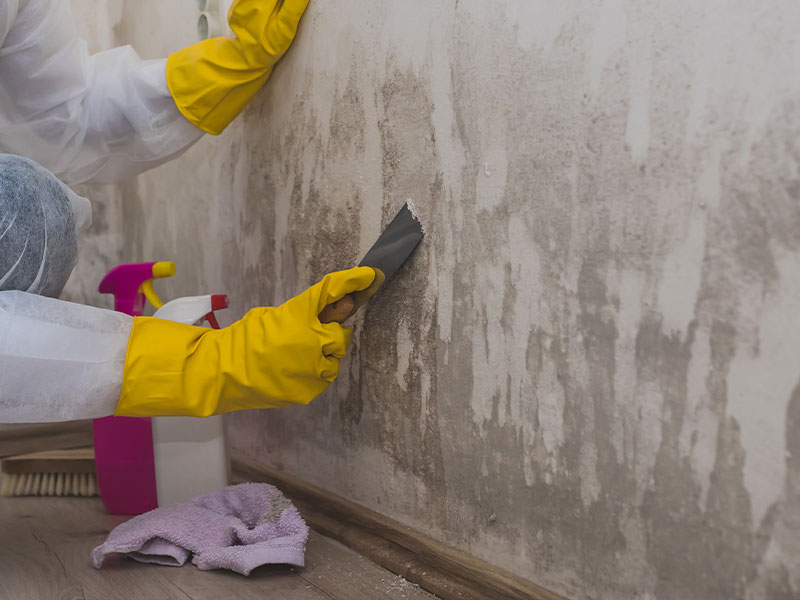Mold growth is a big worry in homes and businesses, where moisture is common. The question is, can drying out mold make it go away?
This article will dive into mold growth, the success of drying as a removal method, and how to prevent it.
Key Takeaways
- Mold growth is directly related to moisture levels.
- Drying out mold may not be sufficient for its removal.
- Effective mold prevention strategies involve controlling moisture.
- Professional guidance is available for mold removal and prevention.
- Understanding the root cause of mold growth is essential.
Understanding Mold and Its Relationship with Moisture
It’s important to know how mold and moisture are connected. Mold needs certain conditions to grow, and moisture is key.
The EPA says mold grows on organic materials when there’s oxygen and moisture. This means any organic material that holds moisture can grow mold.
Ideal Conditions for Mold Growth
Mold loves humid places with lots of moisture. Bathrooms, basements, and crawlspaces in homes and businesses are often at risk.
The best conditions for mold include:
- High moisture levels, often from leaks, bad ventilation, or floods.
- Presence of organic materials like wood, drywall, and carpet.
- Oxygen, which is common indoors.
To stop mold, it’s key to dry out damp areas. Fixing leaks, improving air flow, or using dehumidifiers can help a lot.
Good mold removal also means finding and fixing the moisture source. Just removing mold won’t stop it from coming back.
By managing moisture and ensuring good air flow, you can stop mold and avoid expensive removal costs.
Will Mold Go Away If It Dries Out?
Many people wonder if mold will go away on its own once it dries out. Or if further action is needed. The answer lies in understanding the relationship between mold and moisture.
Does Mold Stop Growing When Dry?
Mold growth is directly related to moisture. When mold dries out, it becomes inactive. But this doesn’t mean it’s killed.
The health risks associated with mold are not entirely eliminated when it dries out. Dry mold can cause allergic reactions and respiratory problems. So, it’s important to remove mold completely to prevent future growth and health issues.
To effectively address mold, it’s essential to:
- Identify and fix the source of moisture
- Remove or clean the affected area thoroughly
- Ensure the area is completely dry before considering the issue resolved
Drying out mold is a temporary solution at best. For a long-term fix, removing the mold and preventing its recurrence is necessary. This involves not just drying the area but also addressing the underlying moisture issue. And taking steps to prevent future mold growth.
Effective Mold Removal and Prevention Strategies
To get rid of mold and stop it from coming back, finding and fixing the moisture source is key. The US EPA says to fix leaks, improve air flow, and use dehumidifiers to keep the air dry inside.
For big mold problems, getting help from mold removal experts is best. They have the right tools and know-how to safely remove mold. For small spots, cleaning and drying well can work.
Preventing Mold from Returning
To keep mold away, you need to keep working at it. Using exhaust fans in wet places like bathrooms and kitchens helps lower humidity. Also, fixing water damage fast and making sure air circulates well are important steps.
Knowing how to remove and prevent mold helps homeowners keep their homes healthy. Regular checks for mold and quick action on any problems can save you from expensive fixes later.
Trust the Experts at Emergency Restoration Services in Virginia Beach
When disaster strikes—pipe bursts, fires, storms—Emergency Restoration Services delivers 24/7 rapid response, skilled cleanup, and reliable repairs. Don’t wait—contact us today!






